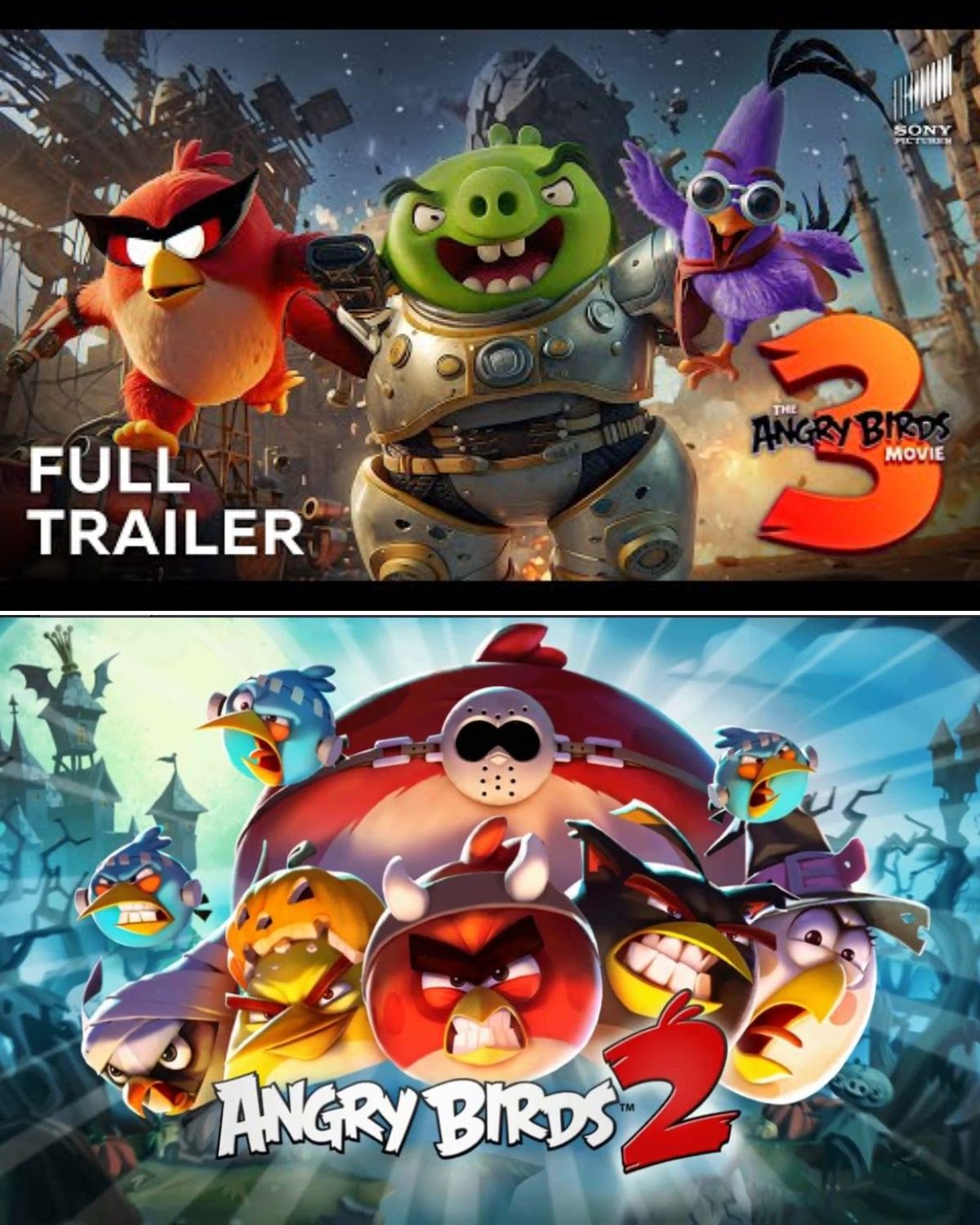‘The Great Wall’ Showcases Matt Damon and Pedro Pascal Fighting Dragons — No Wonder It’s Lodged In The Netflix Top 10
Half-forgotten Hollywood movies that surface to surprising audience interest on Netflix tend to be old reliable genres that audiences may have taken for granted when studios were making more of them: Star-driven romances, meat-and-potatoes non-superhero action, or agreeable virtual-babysitter family films. The Great Wall, an action-fantasy spectacle currently having a moment on the streaming service, is more like the kind of oddity Netflix might well have produced themselves in their earliest days of spendthrift filmmaker courting. Instead, this Chinese/American co-production from acclaimed visual stylist Zhang Yimou came out in theaters around the world in 2016 and 2017, bombing in many of them. (It posted OK but disappointing numbers in China, nonetheless good enough to more than tripled its anemic U.S. gross.) Years later, star Matt Damon didn’t exactly defend the film, noting on Marc Maron’s podcast that he had a sinking, hopeless feeling while on set, witnessing conflict between the filmmakers and Hollywood brass.
Even if Damon had ridden to the film’s rescue, he might have been accused of positioning himself as a white savior – that was the charge back in 2017, when the movie’s silliness and cross-cultural awkwardness didn’t impress U.S. critics. In that Maron interview, Damon demurs on that aspect of the movie, comparing it to Dances with Wolves or Avatar, but his comments about the compromising of Yimou’s vision indicate that maybe The Great Wall isn’t a project worth defending anyway.
That said… maybe it is? The Great Wall seems unlikely to ever sit with Hero or House of Flying Daggers as Zhang Yimou’s best-known movies in the west, but on the other hand, neither of those are monster movies where masses of crafty lizard-like alien creatures lay siege to the Great Wall of China. Damon and a pre-stardom Pedro Pascal play a pair of 11th-century European mercenaries in China searching for gunpowder who cross paths with the Nameless Order, a group of soldiers who defend the Great Wall from creature attacks that occur every 60 years. At first, they conspire with a fellow European (Willem Dafoe) to escape with stolen gunpowder, but eventually William (Damon) is compelled to help Lin Mae (Jing Tian) and her soldiers fight off the beasts.
Photo: Jasin Boland /© Universal Pictures
That William was tagged as a white savior is amusing in light of the actual movie – which, yes, probably owes a bit to the likes of Avatar and Dances with Wolves. But even moreso than those well-meaning if sometimes clumsy narratives where a white guy learns the ways of a native group, The Great Wall sees William as a particularly strong cog within a machine. Specifically, the movie is about Damon’s character learning to show respect and deference to the pageantry and might of the Chinese military, something it shares with some of Yimou’s other action-adventure films. Scene after scene showcases countless beautifully armored Chinese soldiers engaged in the glory of self-sacrificing combat; if the movie were less silly, it would only make it more effective as propaganda. (It still plays like it, though it is funny that the creatures are nearly as unified and synchronized as their peerless Chinese enemies.)
These battle sequences are the heart of the movie, not because they’re particularly emotionally stirring, but because Zhang Yimou directs the holy hell out of them. The costumes, and the way Yimou shoots them, are stunning: pops of bright blue and purple armor alongside red arrows and billowing flags in an environment that so many action-fantasy directors would choose to mute with some combination of gunmetal grey and icy blue. (Lin Mae’s outfit is cooler than fully 90% of on-screen superhero costumes of the past decade.) The creatures themselves are nicely textured shades of green, with perpetually red-stained teeth – and, admittedly, the CG that brings them to life makes them look more than a little rubbery, with a cartoony lack of gravity to the endless hordes. To some extent, it’s quantity over quality. But the colors and physiology of the creature design compensate for the lack of photorealism, and there’s something giddy about the way the movie fuses the elegance of Yimou’s previous action movies with the cheesiness of a Pitch Black-level creature feature. In the final big battle, there is a near-equal amount of gorgeous stained-glass rainbow lighting and splatters of juicy green creature guts. Also, take out the lengthy end credits, and this movie runs all of 91 minutes.
What do you think? Be the first to comment.
In other words: What a picture! All glory to the expensive boondoggle! Since its release, movies like The Great Wall have fallen further into the cracks: Too strange for big studios, too expensive for Netflix in its cost-cutting era, and not enough of a surefire smash in China. It’s not necessarily an epochal loss to deny the world more $150 million special effects movies designed to equally flatter the audiences of the two countries whose corporations put up the budget money. But some of The Great Wall’s Netflix viewers may well find themselves wishing they had seen it on a bigger, splashier screen – and that the next big-screen spectacle they do see had nearly so much colorful panache.
Jesse Hassenger (@rockmarooned) is a writer living in Brooklyn. He’s a regular contributor to The A.V. Club, Polygon, and The Week, among others. He podcasts at www.sportsalcohol.com, too.




